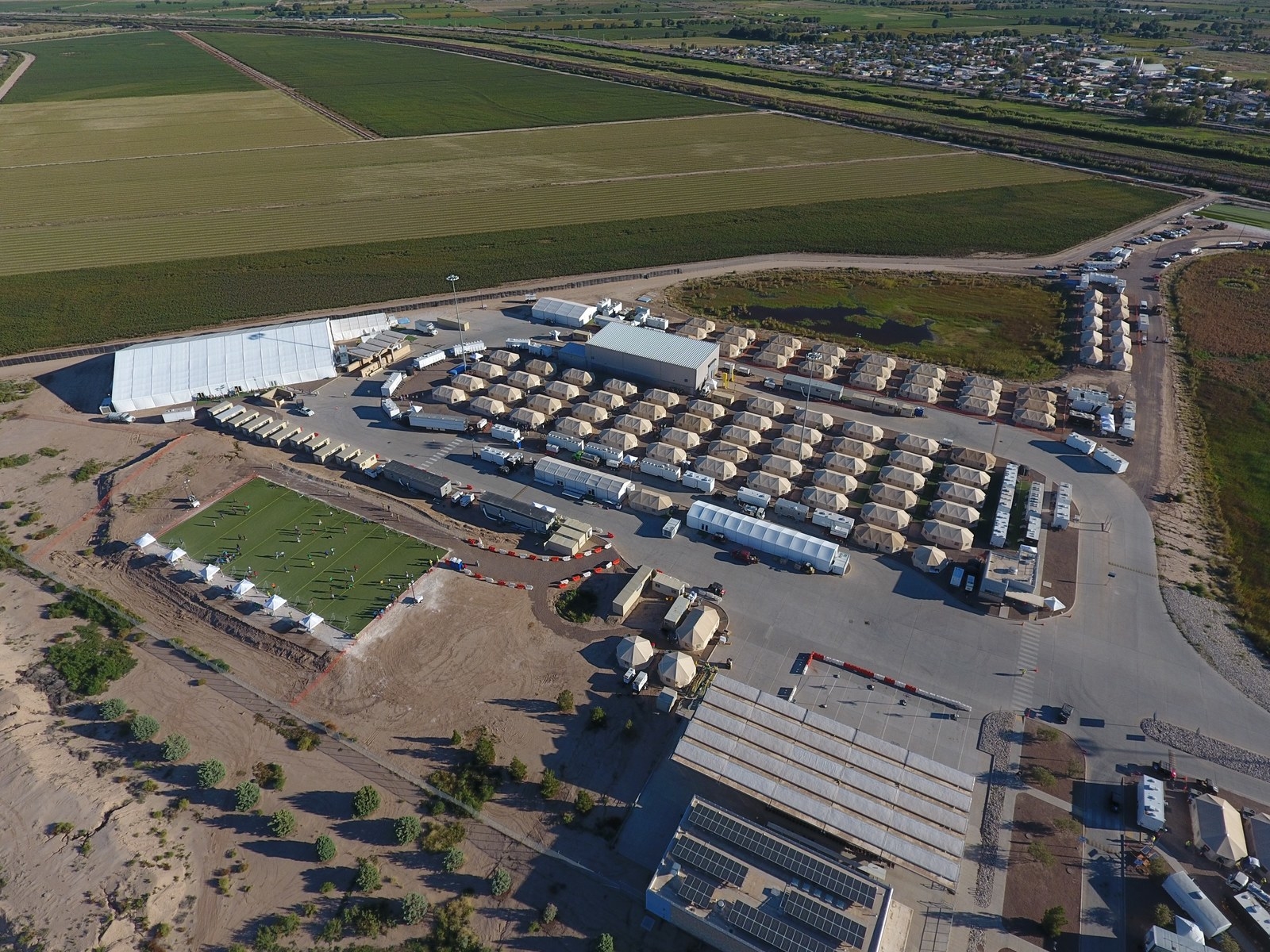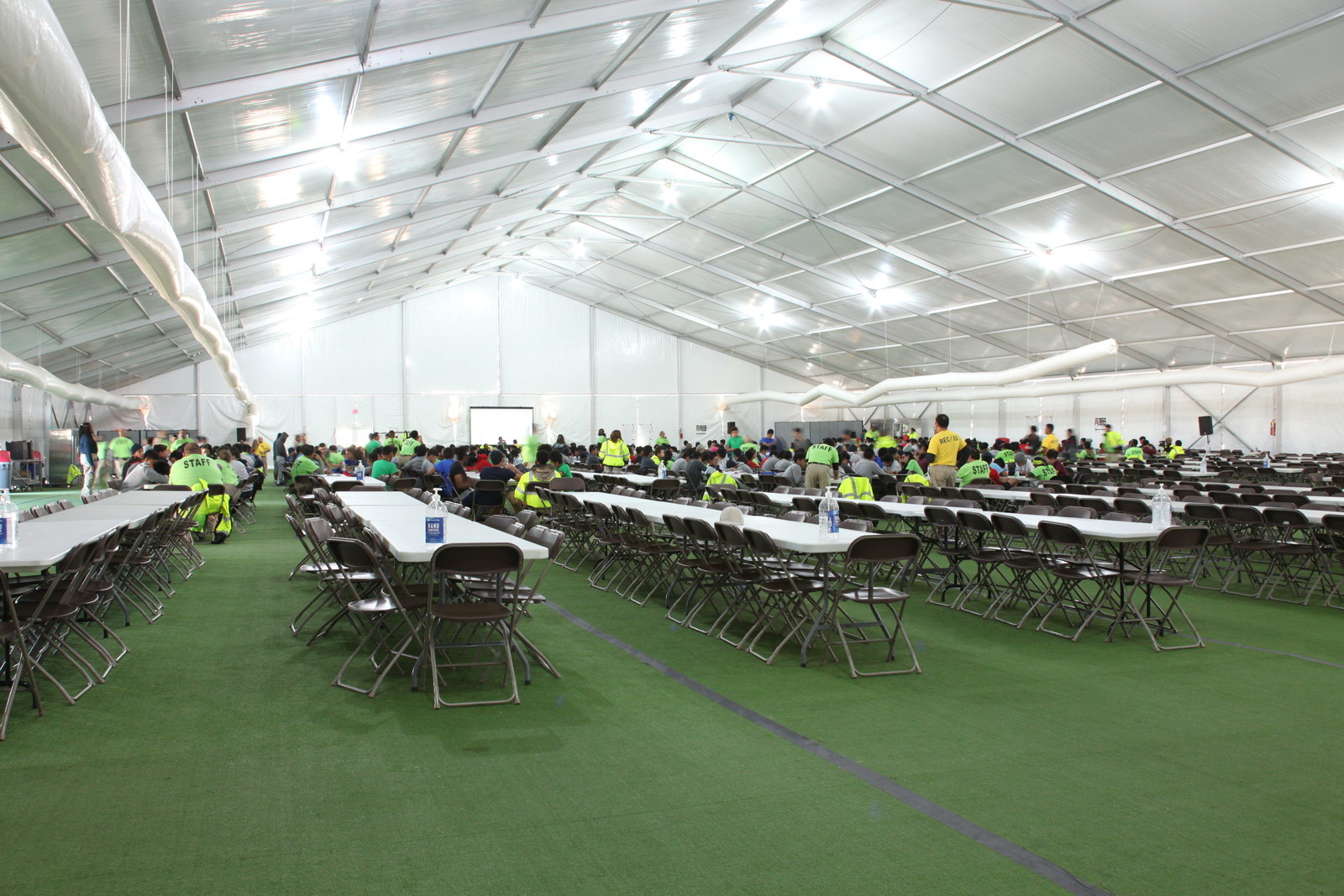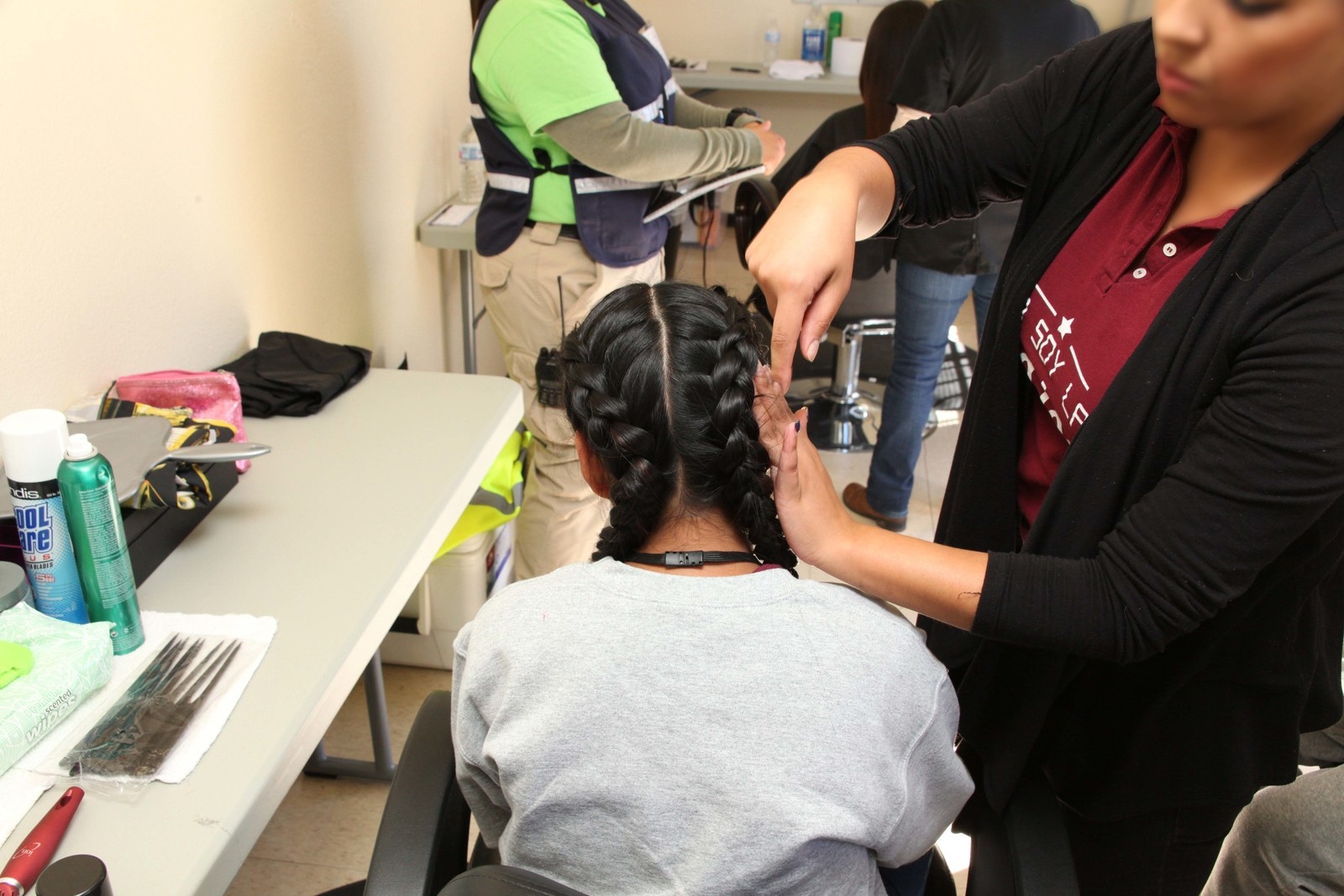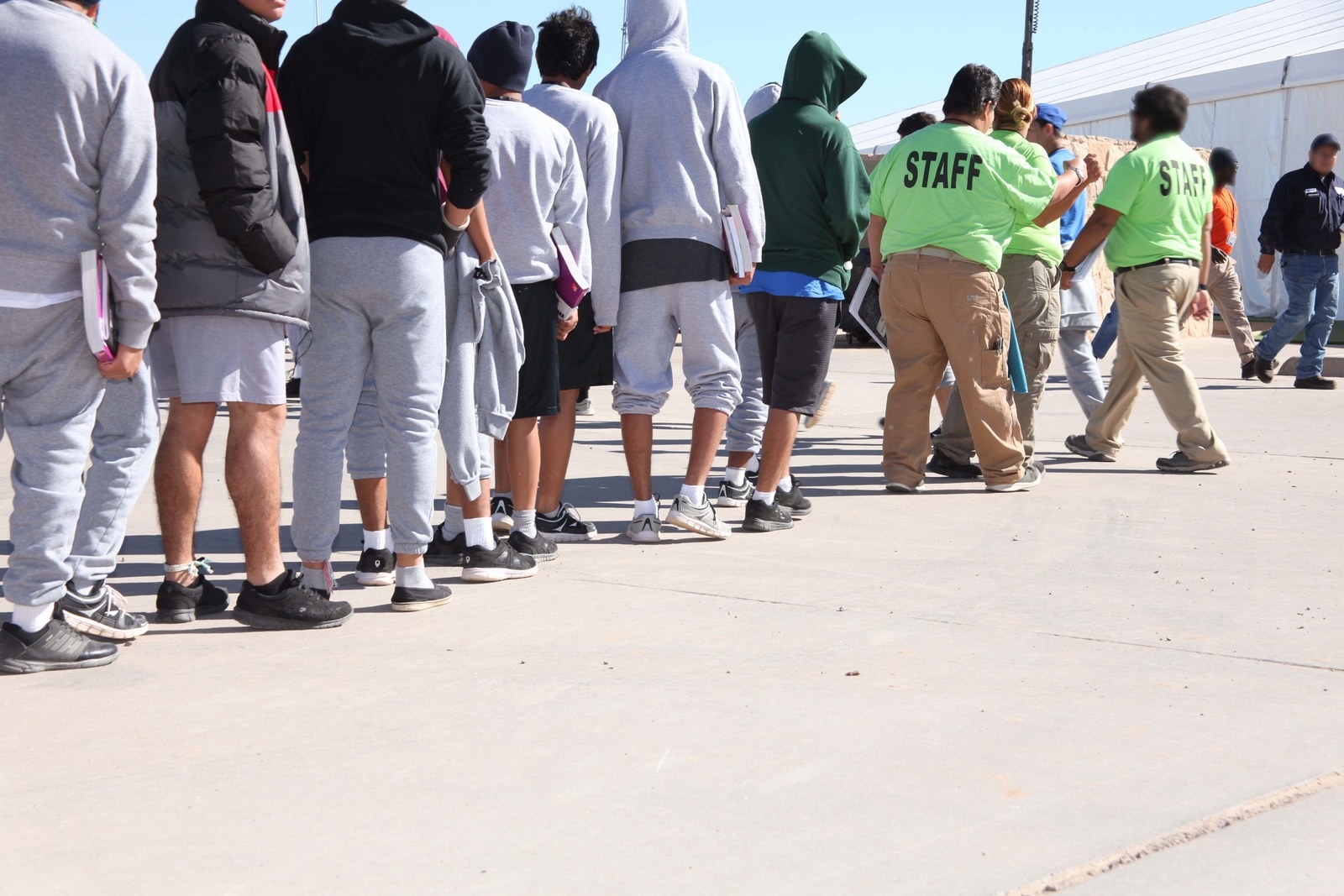Last week, President Trump held an 81-minute press conference. He traversed wide-ranging territory, including his notions of procedural due process. Discussing the importance of fundamental fairness when trying to distinguish facts from falsehoods, he said:PRES. TRUMP:
Somebody could come and say 30 years ago, 25 years ago, 10 years ago, 5 years ago, he did a horrible thing to me. He did this, he did that, he did that and, honestly, it’s a very dangerous period in our country. And it’s being perpetuated by some very evil people — some of them are Democrats, I must say — because some of them know that this is just a game that they’re playing. It’s a con game. It’s at the highest level. We’re talking about the United States Supreme Court. . . .
I’ve used much worse language in my life than “con job.” That’s like probably the nicest phrase I’ve ever used. I mean con job — it is. It’s a con job. You know confidence. It’s a confidence job, but they — it’s a con job by the Democrats. They know it.
Although clearly referring to recent charges of decades-old sexual wrongdoing against Supreme Court nominee, Judge Brett Kavanaugh, the president could have been discussing credibility determinations that arise every business day in our nation’s administrative tribunals that are euphemistically called immigration “courts.” The hearings and proceedings in the immigration courts raise one of the highest of stakes, deportation (or as it’s technically termed, removal) from the United States, a process which the Supreme Court in Fong Haw Tan v. Phelan, 333 U.S. 6, 10 (1948), described as “a drastic measure and at times the equivalent of banishment or exile,” and in Ng Fung Ho v. White, 259 U.S. 276, 284 (1922), as a theft of liberty that “may result … in loss of both property and life, or of all that makes life worth living.”
Yet immigration hearings are all too often a con job — not necessarily for any lack of effort at fairness and truth-ferreting by the actual participants, the immigration judges, and the attorneys representing the federal government and the hapless noncitizen known as the “respondent” who must appear in person and respond to one or more allegations that s/he is in the U.S. unlawfully and thus deportable. No, the unfairness is baked into the immigration court system; it’s a feature, not a bug. It was willfully designed by a long-forgotten Congress to be structurally unfair, and intentionally to omit the essential requirement of procedural due process. That is, that the fact-finder — the judge — must be independent and impartial, leaning neither in favor nor against one side or the other. In immigration courts, however, the immigration judge and the “trial attorney,” or counsel for the government, are both Executive-Branch employees. Immigration judges are Department of Justice lawyers appointed by the U.S. Attorney General. Trial attorneys – who often later become immigration judges – are employed by the Department of Homeland Security and are part of U.S. Customs and Immigration Enforcement.
The Attorney General has the power to fire and remove immigration judges, or, on his unexplained whimsy, to punitively relocate them to hear cases at remote detention facilities in the U.S. hinterlands. As seen in recent months by the incumbent Attorney General Jeff Sessions, the AG has approved the imposition of work load production quotas on immigration judges, which inevitably will lead to even more abbreviated hearings, rushed oral and written decisions by immigration judges, and – all too often – reversible errors that must be rectified by the Board of Immigration Appeals and the federal appellate courts, including the Supreme Court.
The present AG has gone even further in advancing his activist agenda, e.g., on August 16 in Matter of L-A-B-R- et al., 27 I&N Dec. 405 (A.G. 2018), by limiting the authority of immigration judges to find good cause to grant continuances, and on June 11, in Matter of A- B, 27 I&N Dec. 316 (A.G. 2018), by taking away the power of immigration judges to find female victims of domestic violence abroad whom the foreign police will not or cannot protect as a social group deserving of protection under the asylum laws of the United States.
Indeed, the con job is even more atrocious because the power of the Attorney General in the Immigration and Nationality Act (INA) seems to have been inspired by no less a legal authority than Humpty Dumpty:
‘When I use a word,’ Humpty Dumpty said in rather a scornful tone, ‘it means just what I choose it to mean — neither more nor less.’
‘The question is,’ said Alice, ‘whether you can make words mean so many different things.’
‘The question is,’ said Humpty Dumpty, ‘which is to be master — that’s all.’
Alice in Wonderland, by Lewis Carroll (Ch. 6)(italics in the original).
The “master” — according to INA § 103(a)(1) — the arbiter of the meaning of words carrying immigration-related legal consequences, at least for now, is the incumbent, AG Jeff Sessions:
The Attorney General shall be charged with the administration and enforcement of this Act and all other laws relating to the immigration and naturalization of aliens, except insofar as this Act or such laws relate to the powers, functions, and duties conferred upon the President, the Secretary of State, the officers of the Department of State, or diplomatic or consular officers: Provided, however, That determination and ruling by the Attorney General with respect to all questions of law shall be controlling (emphasis added).
Many respected commissions, organizations and individuals have long assailed the systemic deficiencies that make our nation’s administrative system for procedural fairness in deportation proceedings unfair and ineffective (including, Kip T. Bollins, The President of the Federal Bar Association which has proposed model legislation, the Board of Governors of the American Immigration Lawyers Association, the Alliance of Business Immigration Lawyers, the National Immigrant Justice Center, and Ashley Tabaddor, President of the National Association of Immigration Judges, in recent congressional testimony) – a broken and unjust process that by now can only be seen as a con job.
In 1981, Rev. Theodore M. Hesburgh, President of the University of Notre Dame, chaired the Select Commission on U.S. Immigration and Refugee Policy, which issued a 467-page report. The report contained a recommendation (23 VII.C.I.) on the re-positioning of the immigration court from the Justice Department into an independent judicial tribunal: “The Select Commission recommends that existing law be amended to create an immigration court under Article I of the U.S. Constitution.” The Commission explained its reasoning in Article 23 VII.C.I., page 248, entitled “Structure for Immigration Hearings and Appeals”:
The Select Commission is convinced of the need for a more equitable and efficient method of processing exclusion and deportation cases. Some Commissioners believe that the answer lies in the creation of a U.S. Immigration Board, with statutory independence from INS [Immigration and Naturalization Service] and the Attorney General, subject to the requirements of the Administrative Procedures Act. Such a mechanism, the Commission members argue, would also be an ideal body for adjudicating noncriminal actions taken against employers under an employer sanctions system. A majority of Commissioners, however, is of the view that such a solution would still suffer from many of the current administrative inadequacies. The institution of an Immigration Court under Article I of the U.S. Constitution, they believe, would result in more efficient and uniform processing of cases. . . .
The Immigration Court recommended by the Commission will include a trial division to hear and decide exclusion and deportation cases and an appellate division to correct hearing errors and permit definitive, nationally binding resolutions of exclusion and deportation cases.* The new court also offers the potential for introducing judicial uniformity into the review of denials of applications and petitions — matters that now occupy the attention of district courts around the country. The elimination of potential disparate rulings by courts of appeals should discourage further litigation. The Commission majority is also of the view that an Article I Immigration Court is more likely to attract outstanding adjudicators. Improvements in the caliber of personnel will enhance the quality of decisions and generally: eliminate any need for further review. Some Commissioners believe that if the Article I Court cannot be instituted for several years, interim measures should be taken to improve the competency of the existing INS.
*The remedy of Supreme Court review by petition for certiorari would remain available for the rare immigration case of great national importance; review of immigration decisions, by U.S. Courts of Appeals would be eliminated.
Congress should of course consider and debate the merits of the Commission’s sub-recommendations. (I would not eliminate the right of petition to the federal appeals courts for the very reason that many immigration rulings are of great national importance and the U.S. Supreme Court’s docket cannot accommodate them.) Still, the fundamental proposition urged by the Select Commission – to remove the immigration courts from the oversight of the Attorney General, and instead structure it as an Article I court – is supported by a multitude of contemporary stakeholders.
One leading voice is Hilarie Bass, President of the American Bar Association (ABA), who offered in her April 18, 2018 Statement submitted to the Senate Judiciary Committee’s Subcommittee on Border Security and Immigration Committee, “Strengthening And Reforming America’s Immigration Court System,” the ABA’s compelling reasons:
[The ABA] determined that the Article I model presented the best option for meeting the goals and needs of the system. The Article I model is likely to be viewed as more independent than an agency because it would be a true judicial body; is likely as such to engender the greatest level of confidence in its results; can use its greater prestige to attract the best candidates for judgeships; and offers the best balance between independence and accountability to the political branches of the federal government. Given these advantages, in our view, the Article I court model is the preferred option.
. . . Removing the adjudication system from the Department of Justice, whose primary function is a law enforcement agency, is vital to assuaging concerns about fairness and the perception of fairness. As a wholly judicial body, an Article I court is likely to engender the greatest level of confidence in the results of adjudication.
An Article I court also should attract highly-qualified judicial candidates and help to further professionalize the immigration judiciary. History has shown the potential for the politicization of the hiring process and an inherent bias toward the hiring of current or former government employees. Removing the hiring function from the Department of Justice also may increase the diversity of the candidate pool. Providing for a set term of sufficient length, along with protections against removal without cause, will similarly protect decisional independence and
make Article I judgeships more attractive. By attracting and selecting the highest quality lawyers as judges, an Article I court is more likely to produce well-reasoned decisions. Such decisions, as well as the handling of the proceedings in a professional manner, should improve the perception of the fairness and accuracy of the result. Perceived fairness, in turn, should lead to greater acceptance of the decision without the need to appeal to a higher tribunal. When appeals are taken, more articulate decisions should enable the reviewing body at each level to be more efficient in its review and decision-making and should result in fewer remands requesting additional explanations or fact-finding.
Unfortunately, Attorney General Sessions seems mired in a false equivalency, asserting that anyone opposing his views on immigration must ipso facto be a proponent of unregulated open borders. He made this clear recently in his remarks welcoming 44 new immigration judges, characterizing immigration lawyers not as officers of the court but as single-objective advocates (essentially as mouthpieces) who will do or say anything to win in immigration court:
Good lawyers, using all of their talents and skill, work every day – like water seeping through an earthen dam – to get around the plain words of the INA to advance their clients’ interests. Theirs is not the duty to uphold the integrity of the [INA]. That is our most serious duty.
He said other disturbing things as well in addressing the new immigration judges:
You have an obligation to decide cases efficiently and to keep our federal laws functioning effectively, fairly, and consistently.
And, as the statute states, Immigration Judges conduct designated proceedings “subject to such supervision and shall perform such duties as the Attorney General shall prescribe”.
This last provision gives me responsibility to ensure that our immigration system operates in an effective and efficient manner consistent with law enacted by Congress. Many in this country take a different view. They object to any enforcement that works. They evidence an open borders philosophy. . . .
As you take on this critically important role, I hope that you will be imaginative and inventive in order to manage a high-volume caseload. I do not apologize for expecting you to perform, at a high level, efficiently and effectively.
Your role requires great legal skill. Many of the cases present complex legal issues, but like anyone acting as a judge, you must manage your docket and support staff well.Cases must be moved to conclusion.
And as members of the Executive Branch, it is our duty to “take care that the laws be faithfully executed.” When we depart from the law and create nebulous legal standards out of a sense of sympathy for the personal circumstances of a respondent in our immigration courts, we do violence to the rule of law and constitutional fabric that bind this great nation. Your job is to apply the law—even in tough cases.
As we work to restore rule of law in our immigration system, we will send a clear message to the world that the lawless practices of the past are over. The world will know what our rules are, and great numbers will no longer undertake this dangerous journey.
To be sure, the world — indeed, the American people — should know what our rules are. They should also know Lord that their ability to make the arduous journey to settle in America pursuing their opportunity under the facts in their case and our immigration laws to live out the American Dream will be decided by an impartial jurist in an independent tribunal. This is not our fathers’ immigration system. It cannot be learned by a three-year-old. Its laws should not be declared by any Attorney General. Congress must end this con job.

























